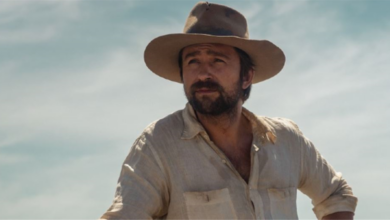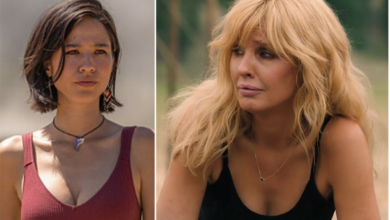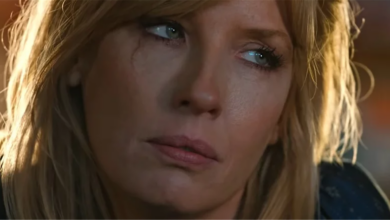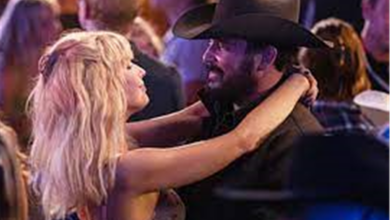Why LaMonica Garrett Calls 1883 The Hardest Job He’s Ever Had
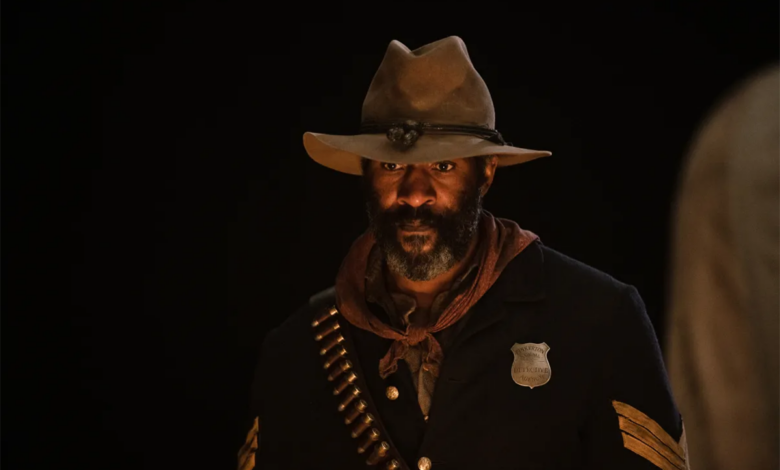
The “Yellowstone” prequel “1883” chronicles the adventures of John Dutton’s (Kevin Costner) great-grandfather, James Dutton (Tim McGraw), and his family as they travel from Texas across the Great Plains in search of a place to call home. Accompanying James on this harrowing journey is his wife Margaret (Faith Hill), his daughter Elsa (Isabel May), and his son John (Audie Rick).
The series, created by Taylor Sheridan, offers an unflinching look at the hardships facing those who migrated across the U.S. in search of land and opportunity. Led by a grieving Shea Brennan (Sam Elliott) and his second-in-command Thomas (LaMonica Garrett), the Duttons and a group of settlers must endure harsh weather conditions, bandits, lack of water, treacherous terrain, and at times each other to survive.

“1883” offers insight into why John Dutton is so determined to keep his ranch intact, leaving his great-grandfather’s hard-fought legacy to the next generation. However, authentically recreating the great westward expansion of the late 19th century is the hardest job one of the show’s actors has ever had.
LaMonica Garrett said shooting on location was ‘challenging’

In an interview with Collider, LaMonica Garrett explained the unique challenges facing the “1883” cast. Unlike most TV shows, “1883” was shot entirely on location, including Texas in the summer and Montana in the winter. “This is the hardest job I’ve had doing anything,” Garrett said. The cast and crew went without the creature comforts and security that a soundstage provides. “We’re sun up to sundown … whatever weather climate it is, whatever city, whatever state, you’re outside all the time, and it’s just, brutal.”
It’s not just the blistering heat or the frigid cold that poses unique obstacles, but working with animals as well. According to Garrett, the horses could sense bad weather, and “they don’t like it.” Trying to film a shootout on a skittish horse that’s “having a bad day” was “challenging.” Garrett also said that the cows weren’t always cooperative either, leading to resets which meant repositioning 25 wagons.
The Herculean task of managing all the working parts — which included a cast and crew of 400, drones, helicopters, and anywhere from six to eight cameras — paid off in the end, according to Garrett, who said, “… as hard as it is to film, is as beautiful as it looks when you stick the landing, and you see it on the screen.”

